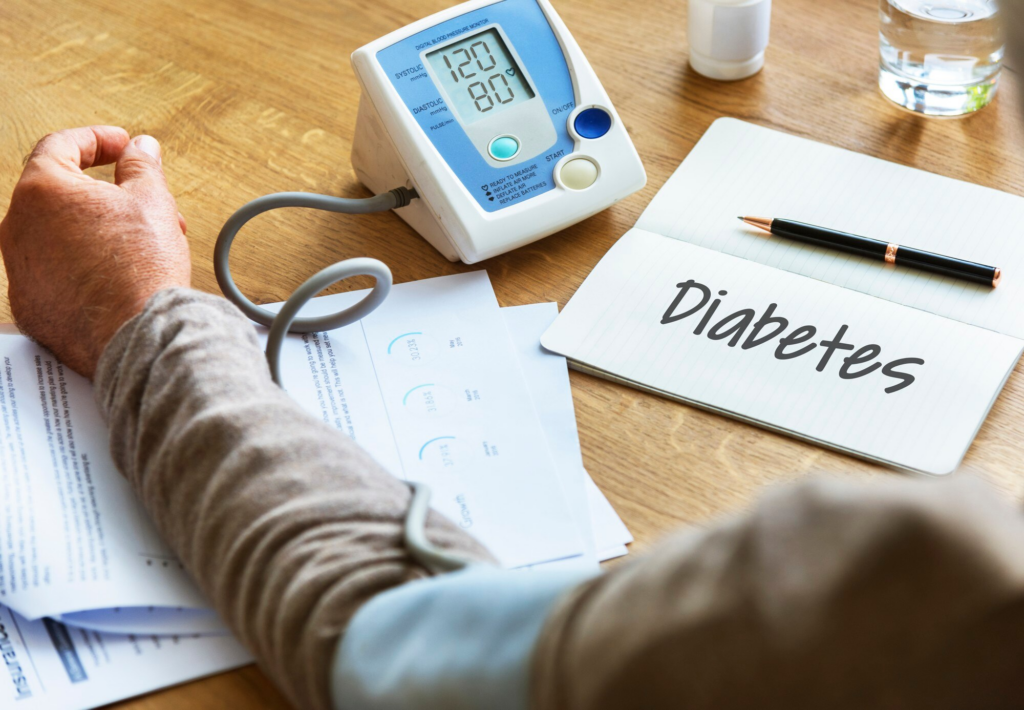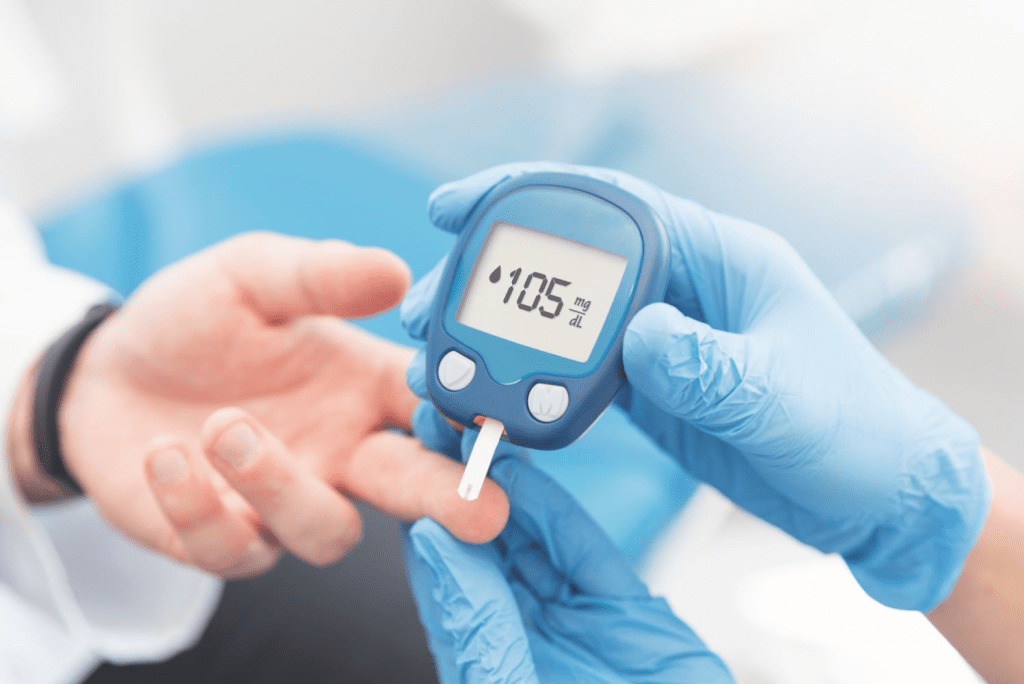Many people with abnormal blood sugar levels have no idea their bodies are sending warning signs. By the time they notice something is wrong, diabetes may have already begun to cause serious damage.
According to the International Diabetes Federation (IDF), as of 2021, there were 537 million people worldwide living with diabetes, with the majority suffering from type 2 diabetes. While some individuals manage their condition effectively, many either ignore early symptoms or fail to control their blood sugar, leading to dangerous complications.
Diabetes is a lifelong condition, and while a temporary blood sugar spike may not cause immediate harm, prolonged high blood sugar can severely damage organs. Many diabetic patients suffer from vision loss, heart disease, and even amputations due to uncontrolled blood sugar.
Early detection is key to preventing severe complications. Interestingly, your feet can act as a blood sugar meter, giving you early clues about poor glucose control.
If you experience these five unusual foot symptoms, it might be time to check your blood sugar levels and seek medical attention.
1. Numbness in the Feet: A Silent Warning of Nerve Damage

One of the most alarming signs of diabetes is the loss of sensation in the feet, a condition known as diabetic peripheral neuropathy.
High blood sugar damages the nerves, making it difficult for the brain to receive signals from the feet. Over time, numbness becomes worse, and patients may feel like their feet are no longer part of their body. This condition is irreversible once it progresses, making early detection crucial.
Additionally, nerve damage can cause reduced sensitivity to pain and temperature. This means diabetics may not feel burns or injuries, putting them at risk of serious infections. They may unknowingly step on sharp objects or expose their feet to dangerously hot water.
Ignoring numb feet could lead to permanent nerve damage, increasing the risk of wounds that won’t heal properly.
2. Frequent Leg Cramps: A Sign of Poor Circulation
Do you experience painful leg cramps, especially at night? This could be a sign that diabetes is damaging your blood vessels.
Uncontrolled diabetes leads to arteriosclerosis, a condition where blood vessels narrow due to plaque buildup. This reduces blood flow to the legs, making it harder for muscles to receive oxygen. The cramping becomes worse in cold weather, as low temperatures cause further constriction of blood vessels.
If you find yourself waking up frequently due to leg cramps, it may be time to get your blood sugar levels checked.
3. Persistent Itchy Feet: Not Just Dry Skin
Many diabetics mistake constant foot itching for eczema, but in reality, high blood sugar is often the true culprit.
Poor blood circulation prevents the skin from getting enough nutrients, leading to dry, flaky, and itchy feet. Nerve damage can also cause abnormal sensations, making your feet feel itchy or tingly without any visible rash. Sweat and sebaceous glands can become dysfunctional, worsening skin irritation.
Even after visiting multiple dermatologists and trying different anti-itch creams, diabetic itching won’t go away unless blood sugar levels are properly managed.
4. Wounds That Won’t Heal: A Dangerous Complication
People with diabetes often don’t notice foot injuries until they become severe. This is because nerve damage reduces pain sensation, so cuts and blisters go unnoticed. Poor circulation slows down healing, increasing the risk of infections. Diabetes weakens the immune system, making it easier for bacteria to thrive in open wounds.
If left untreated, even a small scratch can turn into a serious ulcer, which may eventually require amputation.
Diabetics should check their feet daily for any cuts, blisters, or infections, even if they don’t feel pain.

5. Dark Patches on the Lower Legs: A Sign of Poor Blood Flow
Have you noticed darkened skin, scars, or unusual pigmentation on your lower legs? This could be an early sign of diabetes-related circulation problems.
Hyperpigmentation can develop due to repeated infections, blisters, or slow-healing wounds. Poor circulation prevents adequate oxygen and nutrients from reaching the skin, leading to discoloration. Diabetic dermopathy, a condition where small, dark spots appear on the legs, is common among diabetics with poor blood sugar control.
These dark patches may not hurt, but they indicate serious underlying circulation issues that should not be ignored.
Why Early Detection Matters
The biggest danger of diabetes is how silently it progresses. Many people ignore minor symptoms, assuming they are unrelated to blood sugar levels. However, by the time complications appear, permanent damage may already be done.
Regularly monitoring your feet for these warning signs can help detect diabetes before it leads to severe complications.
What You Can Do to Prevent Diabetes Complications

If you experience any of these symptoms, don’t panic—there are steps you can take to manage your blood sugar and protect your health.
Monitor your blood sugar regularly and keep track of your glucose levels. Adopt a healthy diet by focusing on low-carb, high-fiber foods to stabilize blood sugar levels. Exercise daily to improve insulin sensitivity and promote better circulation. Stay hydrated by drinking plenty of water to flush out excess sugar from the body. Inspect your feet daily and look for any cuts, blisters, or color changes, and seek medical attention for wounds that don’t heal. Manage stress, as high stress levels can cause blood sugar spikes, making symptoms worse. See a doctor regularly for routine check-ups to help catch problems early and prevent long-term damage.
Final Thoughts: Don’t Ignore These Warning Signs
Diabetes is a serious but manageable condition. The key to preventing life-threatening complications lies in early detection and proper management.
If you experience numb feet, persistent leg cramps, itchy skin, slow-healing wounds, or dark patches, it’s time to take action. Consult a doctor, monitor your blood sugar, and make lifestyle changes to protect your health.
Your body gives you warning signs for a reason—listen to them before it’s too late.


